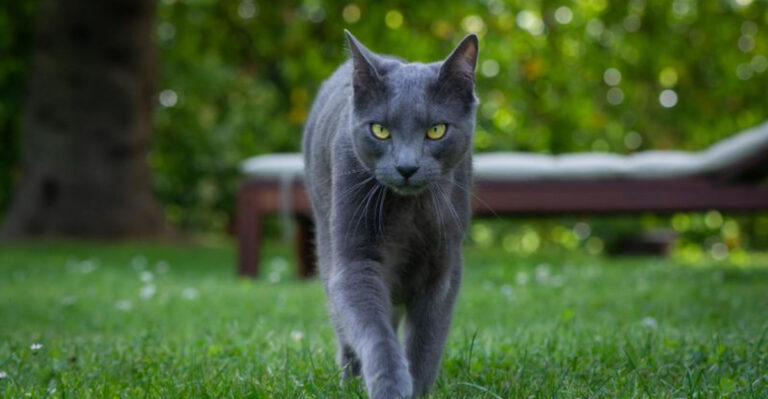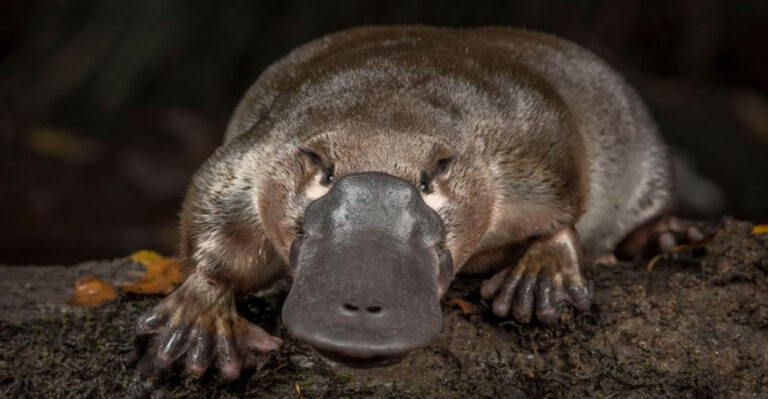12 States Making A Difference With The Highest No-Kill Shelter Rates
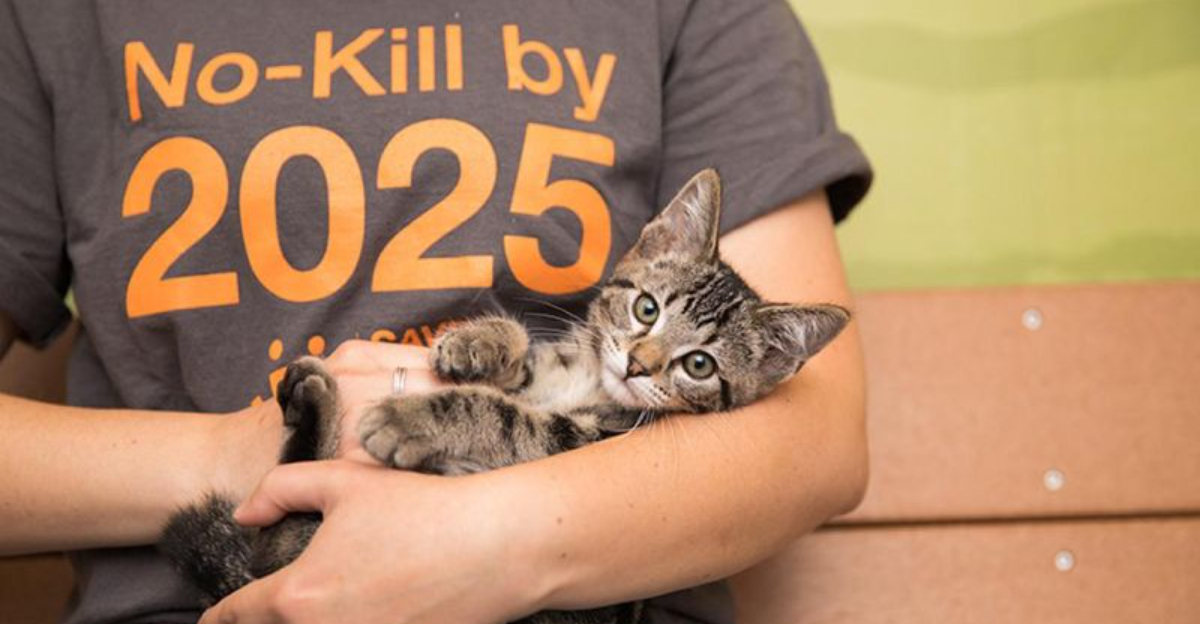
When it comes to animal welfare, some states are leading the pack with impressive no-kill shelter rates.
These states have made extraordinary commitments to saving homeless pets through innovative programs, community involvement, and progressive policies.
Their success stories offer hope and inspiration for animal lovers everywhere, showing that with dedication and the right approach, we can dramatically reduce euthanasia rates for shelter animals across America.
1. Delaware’s Remarkable Achievement

Delaware made history in 2019 as the first entire state to achieve no-kill status! This tiny state proved that size doesn’t matter when it comes to saving animals. Their success stems from a combination of strong spay/neuter programs and collaboration between shelters and rescue groups.
The First State implemented mandatory spay/neuter laws and focused on accessible veterinary care for all communities. They’ve maintained an impressive save rate above 90% by prioritizing adoption events and foster programs.
Rural and urban shelters alike participate in this life-saving network, showing that with proper coordination, no animal needs to be left behind.
2. New Hampshire’s Community Approach
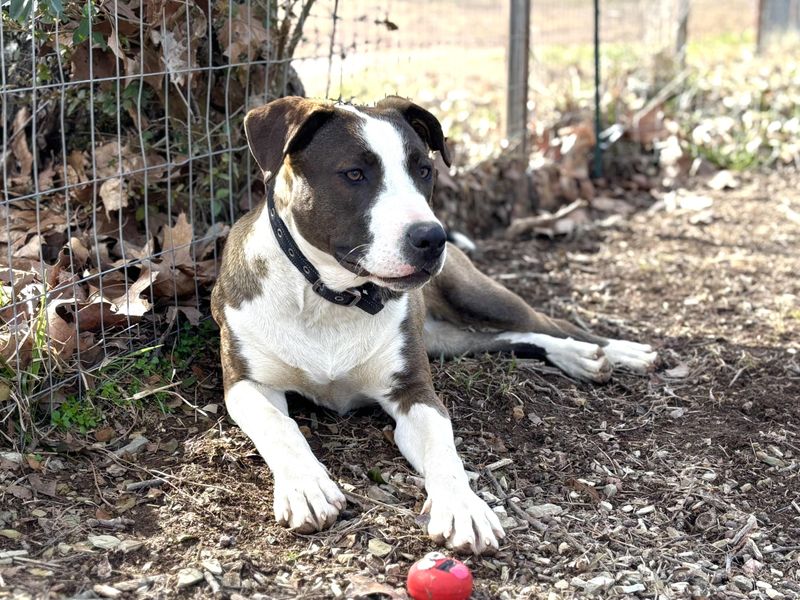
The Granite State boasts some of the nation’s most progressive animal welfare policies. Their shelters maintain save rates well above the 90% no-kill threshold through innovative community engagement strategies that make animal welfare everyone’s responsibility.
Low-cost spay/neuter clinics operate throughout the state, targeting areas with the highest surrender rates. New Hampshire’s shelter system emphasizes behavioral training to make animals more adoptable rather than deeming them unadoptable.
A unique aspect of their approach includes partnership programs with senior centers, creating win-win situations where older pets find homes with seniors seeking companionship.
3. Rhode Island’s Small State, Big Impact

Rhode Island proves that small states can make enormous strides in animal welfare. Their shelter network has transformed from struggling facilities to model institutions with save rates consistently above 92% statewide.
Creative adoption campaigns like “Little State, Big Hearts” have captured public attention and increased adoption rates dramatically. Rhode Island shelters pioneered matching algorithms that pair potential adopters with pets based on lifestyle compatibility rather than just appearance.
The state legislature supports these efforts through progressive animal welfare laws and dedicated funding for shelter improvements. Community support remains strong with volunteer rates among the highest per capita in the country.
4. Maine’s Rural Success Story
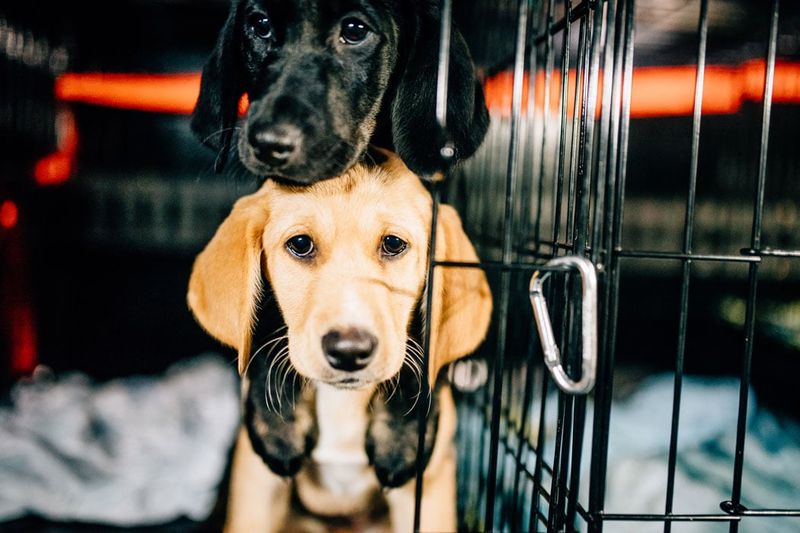
Despite its rural challenges and harsh winters, Maine has created a remarkable shelter network that achieves no-kill standards year-round. Their transport programs move animals from overcrowded shelters to those with more space and adoption opportunities.
Maine’s shelter system focuses on wintertime foster programs when adoption rates typically drop. They’ve implemented innovative trap-neuter-return programs for feral cats that have dramatically reduced euthanasia rates.
Local businesses partner with shelters for “Mutts at Maine Street” events, bringing adoptable pets to downtown areas. This state proves that rural areas can overcome geographic challenges to save animals through creativity and determination.
5. Vermont’s Green Mountain Miracle

Vermont’s shelter system maintains an impressive 94% save rate through their innovative “Green Mountain Second Chance” program. This initiative focuses on rehabilitating animals with behavioral challenges rather than considering them unadoptable.
Skilled trainers work with shelter pets to address issues from fear to aggression. The state’s network of small, community-based shelters collaborates seamlessly, sharing resources and transferring animals to maximize adoption potential.
Vermont’s farm sanctuary partnerships provide options for livestock and larger animals that traditional shelters can’t accommodate. Their success proves that with proper training and patience, even the most challenging animals can find loving homes.
6. Michigan’s Manufacturing State Transformation

Michigan has overcome economic challenges to create one of the nation’s most successful shelter networks. Their “Michigan Pet Fund Alliance” coordinates resources between shelters and provides training to help struggling facilities improve their save rates.
Automotive companies have become unexpected allies, with major manufacturers sponsoring adoption events and providing transportation for animals between shelters. The state now maintains save rates above 90% despite being home to some previously high-kill urban shelters.
Their “Detroit Dog Rescue” program has become a national model for addressing animal welfare in economically challenged urban areas. Michigan proves that industrial states can become leaders in compassionate animal care.
7. Colorado’s Mile-High Standards
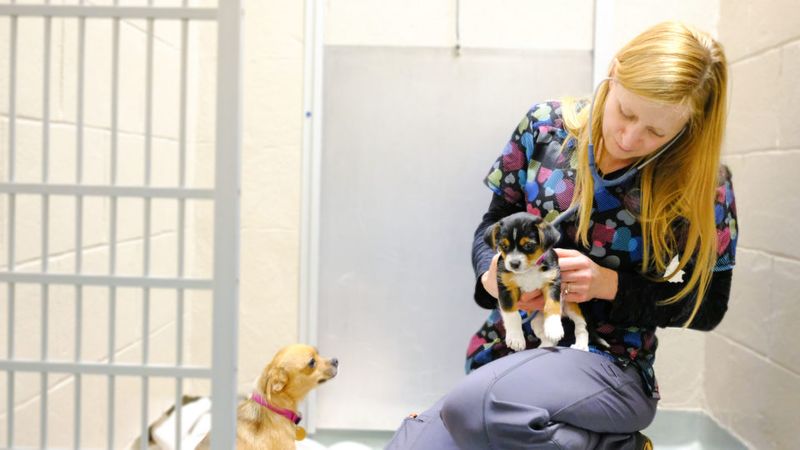
Colorado’s shelter system has soared to impressive heights with save rates consistently above 92%. Their success stems from the “Colorado Pets Alive” initiative that coordinates resources between urban and rural shelters throughout the state.
The state’s outdoor culture has helped create innovative programs like “Hiking Buddies,” where potential adopters take shelter dogs on trail adventures. These outings improve dog behavior and often lead to adoptions.
Colorado shelters pioneered open adoption processes that focus on education rather than strict requirements, making pet adoption more accessible. Their mountain communities have created networks of foster homes that function as satellite shelters in areas too remote for traditional facilities.
8. Washington State’s Tech-Savvy Approach

Washington has leveraged its tech industry connections to revolutionize shelter operations. Their digital network tracks available animals across the state, allowing potential adopters to find perfect matches regardless of location.
Major tech companies sponsor “Coding for Critters” hackathons where programmers develop apps and systems to improve shelter efficiency. These innovations have helped Washington maintain save rates above 91% even in formerly struggling areas.
Their “Seattle Pet Project” uses social media influencers to showcase adoptable pets, reaching younger demographics. Washington’s success demonstrates how modern technology can solve age-old animal welfare challenges when communities apply their unique strengths to helping homeless pets.
9. Oregon’s Progressive Policies

Oregon leads with some of the nation’s most forward-thinking animal welfare legislation. Their statewide shelter network maintains save rates above 93% through mandatory spay/neuter programs and progressive adoption policies.
The “Oregon Humane Alliance” provides resources to help rural shelters achieve the same success rates as urban facilities. Their focus on community education has created a culture where adoption is the first choice when adding a pet to the family.
Portland’s “Second Chance Pets” program specifically focuses on elderly and special needs animals often overlooked in traditional shelters. Oregon’s success shows how thoughtful legislation combined with community support can create sustainable no-kill communities.
10. Minnesota’s Midwest Model
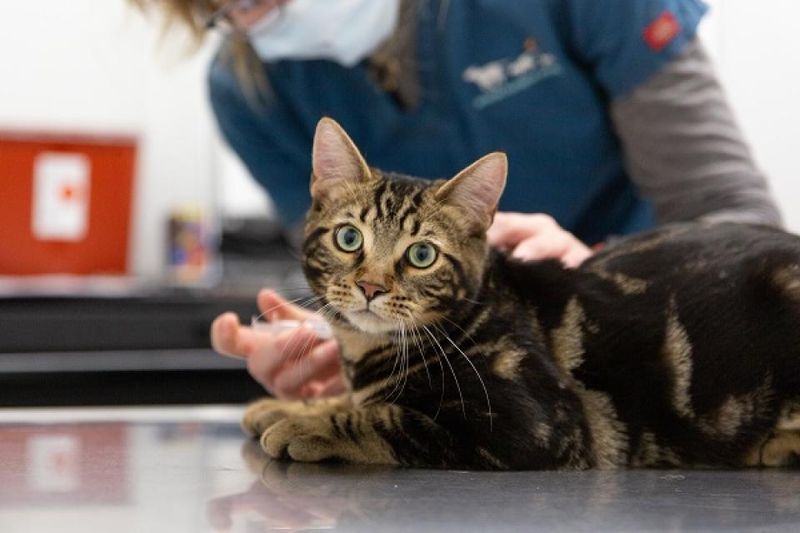
Minnesota has transformed its shelter system through the “Land of 10,000 Second Chances” initiative. Despite harsh winters that typically increase shelter populations, they maintain save rates above 90% year-round.
Their network of warming stations for community cats has dramatically reduced feral euthanasia rates. Minnesota shelters pioneered the concept of “Pet Retention Programs” that help families keep pets during financial hardships rather than surrendering them.
The state’s university veterinary program provides free care to shelter animals with medical needs, making previously “unadoptable” pets highly adoptable. Minnesota demonstrates how midwestern practicality and compassion combine to create effective animal welfare solutions.
11. Virginia’s Volunteer Victory

Virginia’s transformation to no-kill status came through extraordinary volunteer engagement. Their “Virginia Federation of Humane Societies” coordinates thousands of volunteers who provide everything from foster homes to transportation between shelters.
The state’s “Weekend Warriors” program recruits professionals who can’t commit full-time but can foster animals for short periods. This approach has dramatically increased foster capacity statewide.
Virginia Beach pioneered “Beach Buddy” programs where tourists can take shelter dogs for beach outings, increasing adoption visibility. Virginia’s success demonstrates how effectively coordinated volunteer programs can transform animal welfare outcomes across an entire state.
12. Kansas’s Heartland Heroics

Kansas has overcome rural challenges to achieve impressive no-kill statistics through their “Heartland Animal Alliance.” This network connects isolated shelters with resources and transport options to move animals to areas with higher adoption rates.
Their mobile spay/neuter clinics travel thousands of miles annually to reach underserved communities. Kansas shelters have embraced barn cat programs that place feral cats in appropriate working environments rather than euthanizing them.
Agricultural communities have become unexpected allies, with 4-H clubs providing foster homes and socialization for shelter animals. Kansas proves that rural states can achieve no-kill success through practical solutions tailored to their unique challenges.





